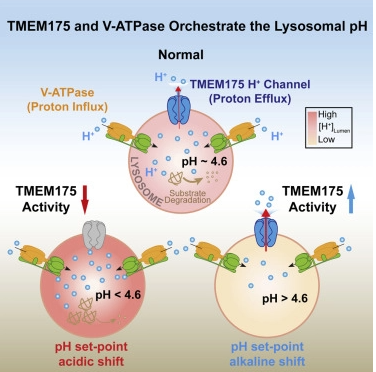2022-06-27 ミシガン大学

Microscopic image of a tongue tumor depicting cancer cells in magenta and a nerve in green. Cancer cells encircle the nerve, a feature known as perineural invasion. Image credit: D’silva lab
研究者らは、口腔がんにおける神経周囲浸潤(がんが神経に浸潤することと定義)の役割を検討し、神経周囲浸潤も重要だが、神経とがんの距離も患者の転帰という点では同じくらい重要かもしれないことを明らかにした。
神経周囲浸潤の定義を広げることで、口腔がん患者さんがより早期に、より積極的な治療で生存する可能性が高まります。
これまで、がんが危険であるためには、神経を包むか、神経の中にある必要があると考えられていましたが、相互作用に影響を与える距離勾配があることを示し、治療法の選択と患者の生存率を改善できるかもしれない。
<関連情報>
- https://news.umich.edu/researchers-look-at-space-between-nerves-and-tumor-cells-to-identify-most-aggressive-oral-cancers/
- https://aacrjournals.org/clincancerres/article/doi/10.1158/1078-0432.CCR-21-4543/699248/Spatial-and-Transcriptomic-Analysis-of-Perineural
口腔癌における神経周囲浸潤の空間的およびトランスクリプトーム解析 Spatial and Transcriptomic Analysis of Perineural Invasion in Oral Cancer
Ligia B. Schmitd;Cindy Perez-Pacheco;Emily L. Bellile;Weisheng Wu;Keith Casper;Michelle Mierzwa;Laura S. Rozek;Gregory T. Wolf;Jeremy M.G. Taylor;Nisha J. D’Silva
Clinical Cancer Research Published:.MAY 31 2022
DOI:https://doi.org/10.1158/1078-0432.CCR-21-4543
Abstract
Purpose: Perineural invasion (PNI), a common occurrence in oral squamous cell carcinomas, is associated with poor survival. Consequently, these tumors are treated aggressively. However, diagnostic criteria of PNI vary and its role as an independent predictor of prognosis has not been established. To address these knowledge gaps, we investigated spatial and transcriptomic profiles of PNI-positive and PNI-negative nerves. Experimental Design: Tissue sections from 142 patients were stained with S100 and cytokeratin antibodies. Nerves were identified in two distinct areas; tumor bulk and margin. Nerve diameter and nerve-to-tumor distance were assessed; survival analyses were performed. Spatial transcriptomic analysis of nerves at varying distances from tumor was performed with NanoString GeoMx Digital Spatial Profiler Transcriptomic Atlas. Results: PNI is an independent predictor of poor prognosis among patients with metastasis-free lymph nodes. Patients with close nerve-tumor distance have poor outcomes even if diagnosed as PNI-negative using current criteria. Patients with large nerve(s) in the tumor bulk survive poorly, suggesting that even PNI-negative nerves facilitate tumor progression. Diagnostic criteria were supported by spatial transcriptomic analyses of >18,000 genes; nerves in proximity to cancer exhibit stress and growth response changes that diminish with increasing nerve-tumor distance. These findings were validated in vitro and in human tissue. Conclusions: This is the first study in human cancer with high-throughput gene-expression analysis in nerves with striking correlations between transcriptomic profile and clinical outcomes. Our work illuminates nerve-cancer interactions suggesting that cancer-induced injury modulates neuritogenesis, and supports re-classification of PNI based on nerve-tumor distance rather than current subjective criteria.


